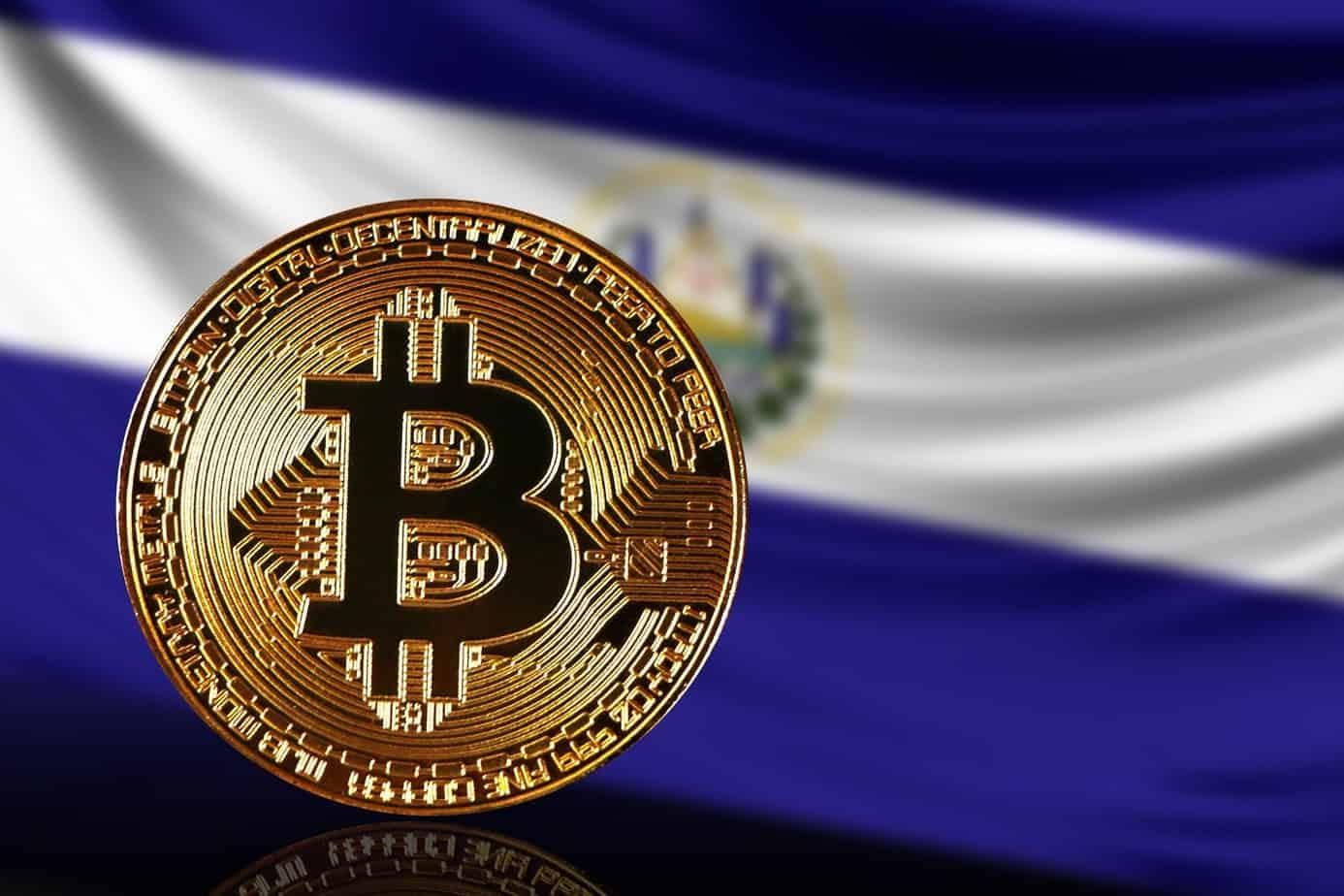2018-8-3 10:45 |
The Race Is On: Why There's A Rush To Change Ethereum's Economics ‘Before The Bomb Hits'
At the writing of this piece, there have been three specific Ethereum Improvement Proposals (EIPs) hitting the metaphorical desks with even more likely to come in.
Why are these hitting the desk? they're all jockeying for a change to alter the code of Ethereum before the system update forecasted for October.
But what's driving this feverish application of proposals? It all comes down to Ethereum's ‘Difficulty Bomb', a piece of code locked inside the now $45 billion platform. The way it works is that it implements a gradually ascending rate of difficulty when mining the blocks in order to extract Ethereum.
Sounds reasonable right? Until you realize that as the process of mining becomes increasingly challenging, it will inevitably push the process into a technological ‘Ice Age', where little or no new blocks are being mined and extracted due to the distinct inability to muster the mining power needed.
Originally, this system was implemented as a response to the high volume of traffic that the platform received early on while allowing for a steady change in how users on the Ethereum platform would come to an agreement. This resulted in a migration from Bitcoins ‘Proof-of-work‘ concept, to its then-revolutionary ‘Proof-of-stake‘. The difficulty ‘bomb' is triggered for 2019.
But without an expected migration window from work to stake, action must be taken in order to delay the metaphorical bomb, while also figuring out how to reconfigure the way ether rewards are released in order for the rewards system to become balanced with the new blockchain configuration.
Sounds pretty straight-forward right? That's until you realise that delaying the bomb, much like real bomb diffusion, comes with its own extensive list of complications. The first being that mining blocks will become easier to discover, as a result, the number of Ether a miner is rewarded with (3 ETH) needs to decrease relative to the challenge of finding the block.
Unlike bitcoin, however, there is no clearly stated agreement on the subject of a rewards system. Ethereum, unlike its rival, has an in-built cap at 21 million units, and this has generated differing perspectives on how to address this supply. And opinions range from reducing the volume of supply, and even those that are calling for a reduction in the amount of ether that is distributed to miners.
These topics of debate are nothing new in Ethereum's three-year history, these same issues have cropped up on several occasions with no true solution being hammered out.
“The postponement of the bomb isn't particularly controversial, but the issuance is controversial. But for that reason the whole thing is controversial, you can't have one without the other.” – Lane Rettig, Ethereum developer.
origin »Ethereum (ETH) íà Currencies.ru
|
|

